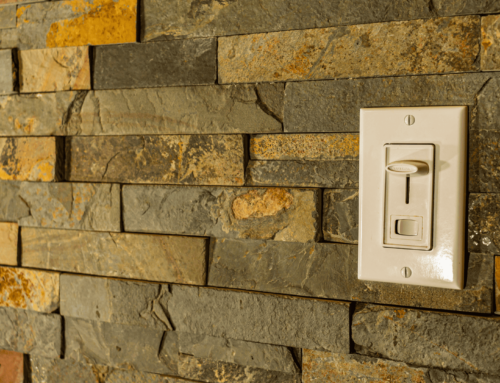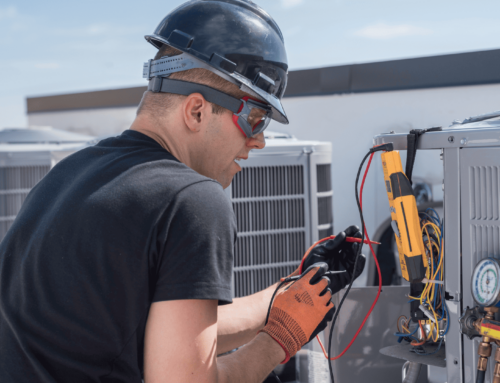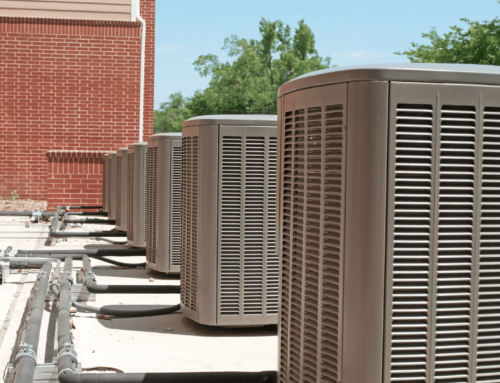
Buyers are paying 15-20 percent more than they were twelve months ago and will likely be paying more in another twelve months. This may seem counterintuitive, with rates going up, but the reasons home prices are rising are easy to grasp and unlikely to change in the foreseeable future.
Low Inventory
America is facing a housing shortage. It’s short at least five million homes and there is little that can be done to remedy it in the short term due to:
- Slow Construction. Because of unstable costs and a lack of skilled labor, home builders have failed to keep pace with demand. There aren’t enough houses for new buyers and the recent supply chain crisis means construction will likely remain sluggish for several more years.
- High Investment. Families and young professionals aren’t the only ones in the market for a new home. Corporations are buying them up as well, in order to turn them into rental properties. And while corporations make up a relatively small amount of the inventory compared to private individuals, their presence is growing, and the added competition means sellers can list their homes at higher prices.
- Low Turnover. With interest rates so low over the past two years, many owners who might have sold their homes refinanced them instead. As a result, houses that would have come onto the market have remained occupied, further constricting supply.
High Demand
While the economy shrunk during the pandemic, the number of buyers did not. Investments, government relief, and reduced expenditures on food and travel have allowed many Americans to remain in the market. Perhaps not as many as before, but enough to exceed the current housing supply.
What’s more, the rise of remote work has led to increased demand in some parts of the country. Now that workers are no longer needed in the office, many are leaving urban centers and buying up homes in rural and suburban areas, creating sudden shortages in their housing stock.
Rising Rates
Ironically, instead of lowering prices, the new interest rates may exacerbate them. While low rates kept people in the market during the pandemic, higher rates may trigger a buying spree as people try to close now before rates go even higher. It’s not likely to last long but in the meantime, prices are likely to continue to climb.
The Good News
With additional rate hikes expected soon, it’s unlikely that prices will continue rising as sharply as they have been. Several competitive markets have begun to slow already. In California, homes that got twenty offers last year are getting half as many now. In New Jersey, prices are expected to rise only 6 percent this year, compared with 15 percent the year before. New York real estate is still going strong mainly due to sales from 2021, but real estate agents don’t expect to close as many deals in 2022.
However, while higher rates will certainly reduce the number of buyers, they may reduce the number of sellers as well. Seeing the slowdown in prices, homeowners who would have sold might decide to wait until prices rebound before putting their house on the market. As a result, don’t expect to see too much of a change over the coming months, not unless the Fed surprises everyone by raising rates higher than anticipated.






